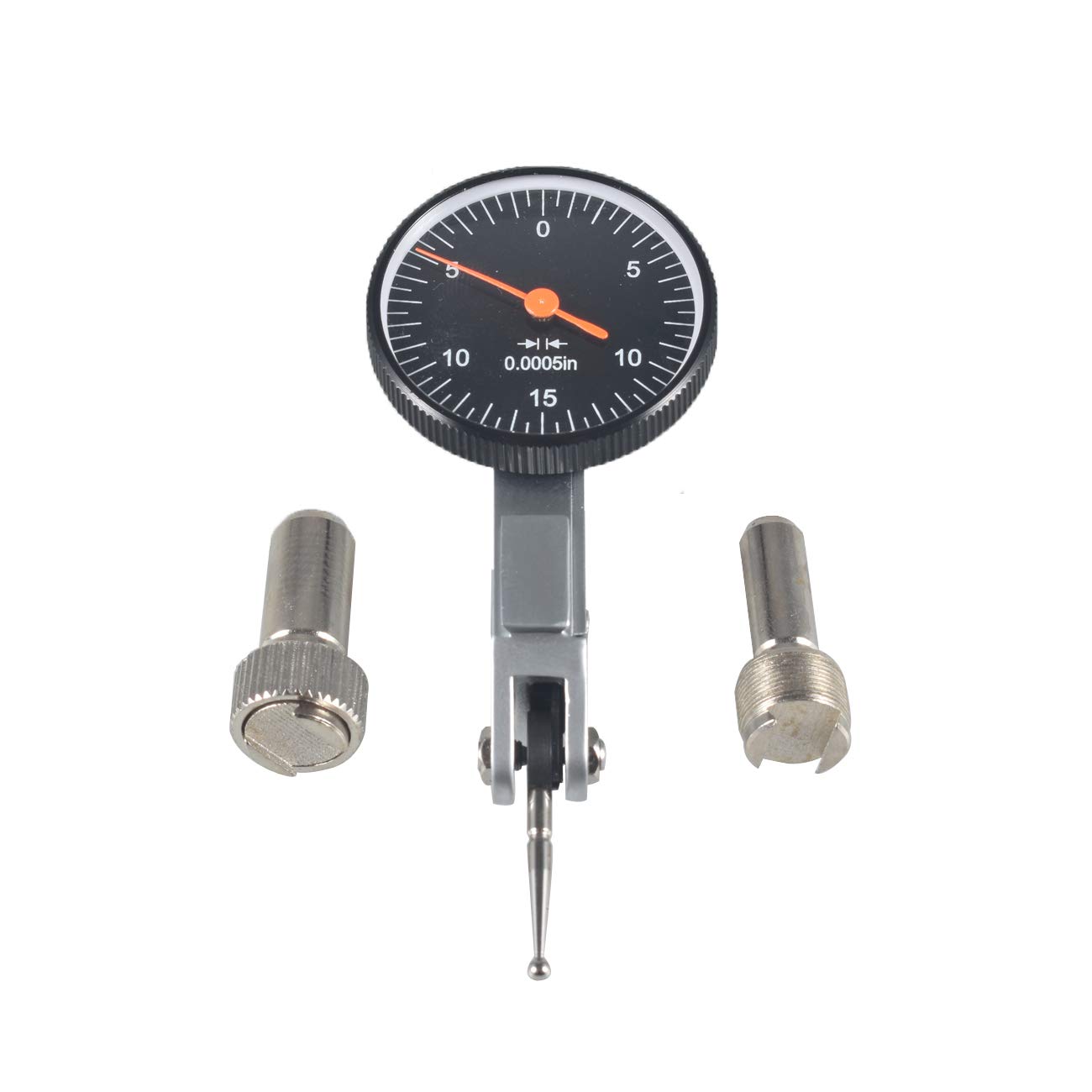







Understanding Material Indicators: The Key to Informed Decision-Making
In today’s fast-paced world, the choices we make about materials—whether for construction, manufacturing, or daily consumer goods—can significantly influence our lives and the environment. This is where the concept of “material indicators” comes into play. But what exactly are these indicators, and why should you care?
What Are Material Indicators?
Material indicators are metrics or benchmarks that help assess the properties, sustainability, and overall impact of materials used in various applications. Think of them as the vital signs of a material. Just as a doctor examines a patient’s heartbeat and temperature to gauge health, material indicators provide insights into the performance and environmental consequences of different substances.
These indicators can include a variety of factors, such as:
– **Durability**: How well does a material stand up to wear and tear?
– **Sustainability**: Is the material sourced responsibly? Can it be recycled or reused?
– **Cost-Effectiveness**: Does it offer a good return on investment?
– **Safety**: Are there any health risks associated with its use?
Understanding these factors helps consumers and businesses alike make informed choices.
The Importance of Material Indicators
Why should you pay attention to material indicators? The answer is multifaceted.
First, consider the environmental impact. Every choice we make influences the planet, from the plastic in our packaging to the steel in our buildings. By utilizing material indicators, we can opt for sustainable materials that minimize ecological footprints. For instance, materials like bamboo or recycled metals often score high on sustainability indicators compared to traditional options.
Second, these indicators can enhance performance. Imagine building a house with subpar materials; it could lead to structural failures and costly repairs. By assessing durability and safety indicators, you can avoid such pitfalls and ensure that the products or materials you choose will last.
Lastly, material indicators can save you money in the long run. While the initial investment in high-quality, sustainable materials might be higher, the long-term savings from reduced maintenance and replacement costs can be substantial.
How to Evaluate Material Indicators
Now that you understand the importance of material indicators, how do you go about evaluating them? Here are some practical steps:
1. **Research**: Gather information from reliable sources. Look for reports, studies, and certifications related to the materials you are considering. Websites of organizations that focus on sustainability are excellent starting points.
2. **Compare**: Don’t settle for the first option you find. Compare multiple materials against the indicators that matter most to you. Create a checklist and score each material based on its performance in areas like durability, sustainability, cost, and safety.
3. **Consult Experts**: When in doubt, consult professionals. Architects, engineers, and sustainability experts can provide valuable insights that go beyond the surface.
4. **Use Tools**: Several online tools and databases can help you evaluate the environmental impact and sustainability of materials. Utilize these resources to make data-driven decisions.
Real-World Applications of Material Indicators
Imagine you’re an architect tasked with designing a new eco-friendly building. You have several material options: concrete, timber, and recycled steel. By applying material indicators, you discover that while concrete is durable, it has a high carbon footprint. Timber, on the other hand, is renewable but may lack the strength required for certain applications. Recycled steel, however, emerges as a winner—offering durability, sustainability, and cost-effectiveness.
This scenario illustrates how material indicators can lead to innovative solutions. By understanding the nuances of each material, you can craft designs that are not only functional but also environmentally responsible.
Challenges in Using Material Indicators
While material indicators offer numerous benefits, they are not without challenges. One significant hurdle is the lack of standardized metrics across industries. What works in construction may not apply to textiles. Furthermore, the sheer volume of available data can be overwhelming. How do you sift through it all to find what’s relevant?
Additionally, there may be resistance to change. Businesses often stick to traditional materials due to familiarity, even when better options are available. Overcoming this inertia requires education and awareness—two areas where advocates for sustainable materials can make a difference.
Conclusion
In a world where choices abound, understanding material indicators can empower you to make informed decisions that benefit both yourself and the environment. Whether you’re a consumer looking for sustainable products or a professional in construction or manufacturing, these indicators serve as a compass, guiding you toward smarter, more responsible choices.
By evaluating materials through the lens of these crucial indicators, you can contribute to a more sustainable future. So, the next time you’re faced with a decision about materials, remember: it’s not just about what you choose, but how that choice impacts the world around you.
FAQs
1. What are the most common material indicators?
The most common material indicators include durability, sustainability, cost-effectiveness, and safety. Each of these factors contributes to the overall performance and impact of the material.
2. How can I find reliable information about material indicators?
You can find reliable information from industry reports, sustainability organizations, academic studies, and expert consultations. Online databases and tools can also provide valuable insights into the environmental impact of materials.
3. Why should businesses care about material indicators?
Businesses should care about material indicators because they can lead to better product performance, cost savings, and enhanced reputation. Using sustainable materials can also attract environmentally-conscious consumers, giving businesses a competitive edge.
